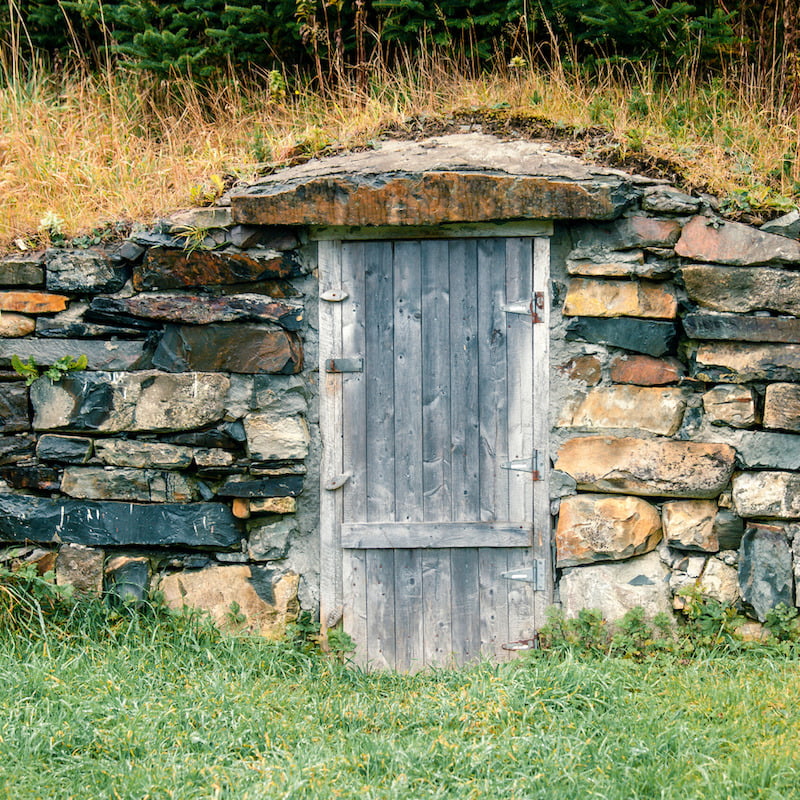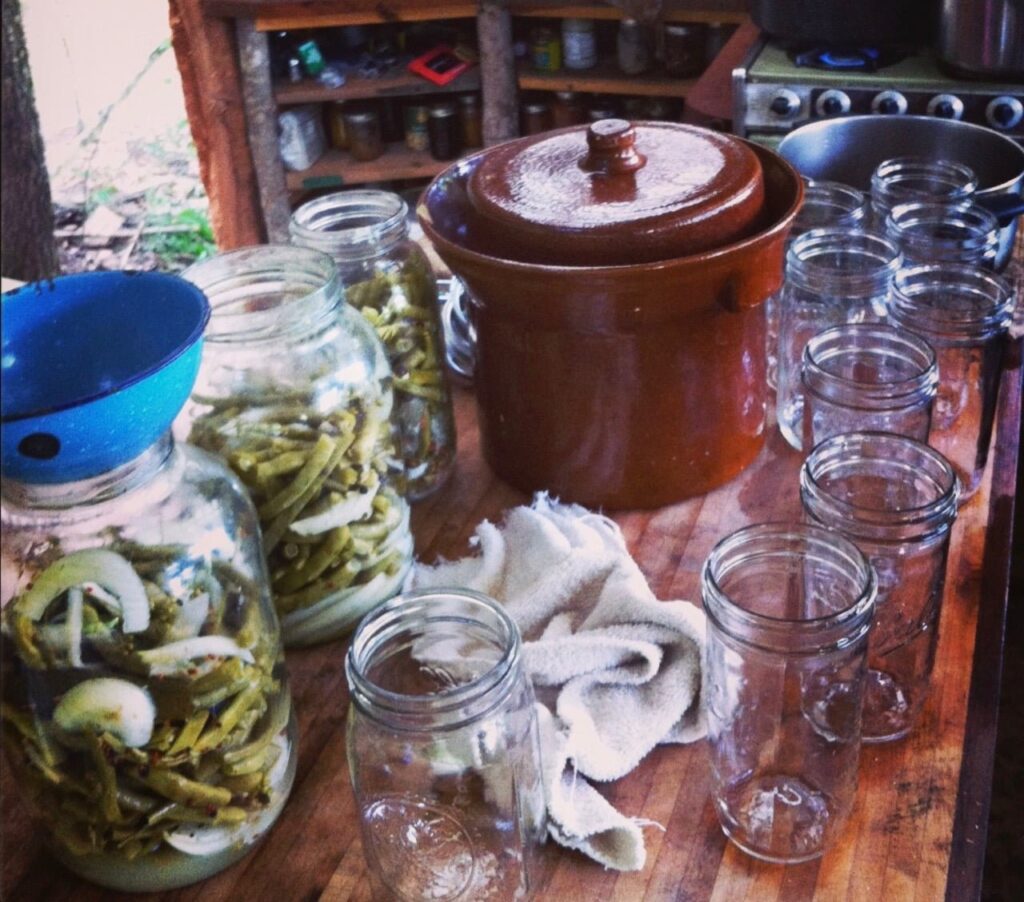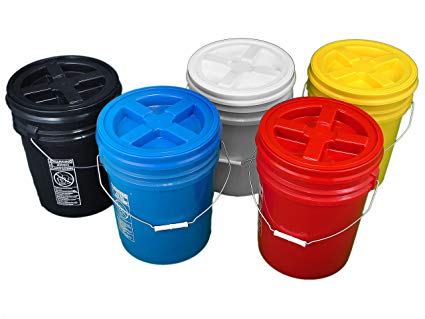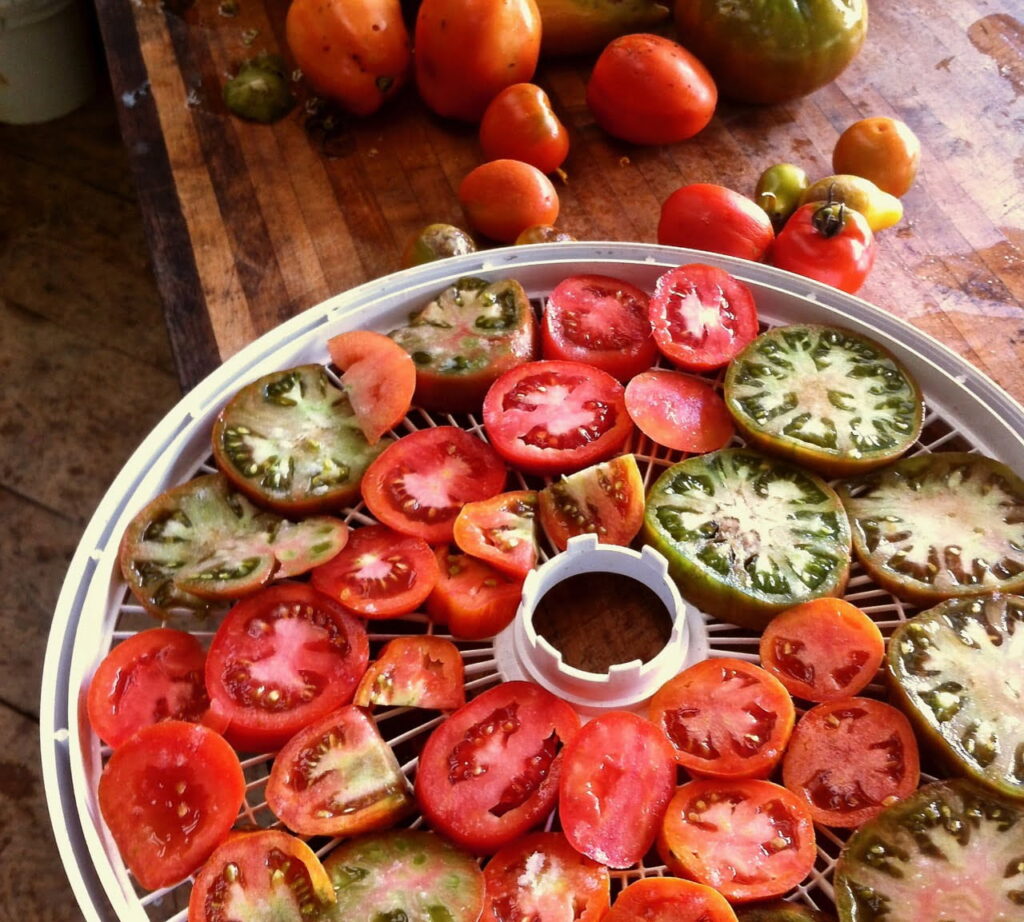How to preserve and store food without using electricity
Abundant harvests during this time of year are always fun, but knowing how to store food well into the winter is somewhat of a lost art. Beyond the refrigerator and freezer, most of us depend on grocery stores and agribusiness for food preservation so we can eat in the cold season. With a little ingenuity, however, storing our own bounty is totally doable.
Root cellars to preserve the harvest


A time-tested technology that can keep food fresh for months, root cellars are like refrigerators, but moist! They work best if they are constructed with food preservation in mind, but any underground space, like a basement, will do. Even an unheated garage can function as a root cellar in a pinch. Just watch out for spikes and dips in temperature, as food may not keep as long if temperatures vary widely.
Note: Some of the links below are part of an Amazon Affiliate program. When you click them, we benefit (at no cost to you). If you want to find these items locally, more power to you! If you’re going to buy them online, clicking-through here helps us continue offering free information and resources to everyone.
The key factors for a good root cellar are: humidity (you want it high, but not drippy), ventilation (not too stuffy), and, of course, temperature (as close to freezing as possible, without ever actually freezing). A small temperature and humidity monitor can help you tweak you root cellar and track how it’s working.
Many root vegetables will stay fresh well into the winter in a root cellar. Other crops that store well in these conditions are cabbages tomatoes, peppers, and eggplant. Onions and garlic keep better in slightly drier conditions, and squash/pumpkins like it a little bit warmer, as do sweet potatoes. If you only have one space, these crops will be fine in slightly-less-than-ideal conditions. Apples do well in a root cellar too, but they are better stored separate from other fruits and vegetables. This is because they emit ethylene gas, the “ripening” chemical, which can cause other foods to age more quickly.
To learn all about growing garden vegetables to store in your root cellar, join us for the Online Gardening School.
Tater Holes – Simple, low-tech food preservation
Like a tiny root cellar, tater holes are simply holes dug into the ground for food storage. A modern adaptation that helps keep food in tater holes safe from varmints is to bury a bottomless metal drum with hardware cloth or chicken wire attached to the bottom. Fill up the buried barrel with bags of taters (or other cool-storage crops), plop a good heavy lid on top that a raccoon can’t move, and voila!
Smaller vessels can be used if digging a 50-gallon-drum-sized hole feels too daunting. In fact, smaller tater holes can be awesome if you’re still developing your land, renting, or living in a tiny house and wanting to minimize your impact. The key is that it keeps out critters but doesn’t buffer the constant cool temperature of the earth too much. The coolness is the key to reliable food preservation. Tater holes are not appropriate for sweet potatoes, they’re too cold.
Lacto-fermentation – Food can get better with age


Engaging beneficial bacteria to “pickle” food so that it stays delicious and edible into the winter is also called lacto-fermentation. This ancient food preservation technique can be quite simple, or can get complex. The key is to create conditions that exclude pathogenic organisms responsible for rot and decay, while at the same time inviting beneficial microbes. This process actually can improve both the taste and nutrient content of foods. There are literally thousands of ways to lacto-ferment many different crops. It does take a bit of skill to be sure you are doing things safely. A complete how-to on lacto-fermentation is beyond the scope of this post, but is covered in-depth in our Permaculture Design Certificate Immersion.
Two great books on lacto-fermentation are Wild Fermentation, by Sando Katz, and Fermented Vegetables by Christopher and Kristin Shockey.
Staple food preservation – Freezing beans and grains to kill bugs
Weevils and moths are the bane of most grains and dry beans that are kept for winter storage (both homegrown and store bought). One simple solution to avoid having your harvest decimated by insects is to freeze these staples to kill larvae and eggs. Simply seal grains/beans in jars or buckets (not just bags or sacks, many insects can chew through thin plastic bags) and then set those vessels out during freezing weather.
Many bugs and their eggs will survive a light freeze, so make sure that they are out for several freezing days/nights in a row. When the weather doesn’t provide this helpful temperature drop, a chest-freezer will do the job wonderfully. Choose containers that hold about a month’s supply of whatever you are storing. If you freeze a year’s supply of something and then open and close that container all year, bugs will surely have a chance to invade before the year is up.
Drying to preserve the harvest
If you’re in a dry climate, drying crops can be as easy as hanging them up or setting them out. In more humid areas, solar or electric dehydrators are a must to get things really dry and ready for storage. Herbs are a natural for drying, as are wild mushrooms, and cultivated mushrooms. Apples make delicious snacks sliced and dried, as do berries, especially mulberries. Vegetables like zucchinis and beets make tasty “chips.” Drying blemished onions or garlic that won’t keep well in a root cellar is a great way to salvage them. Additionally, dried tomatoes are a delicious when they’re cooked with grains like rice or quinoa. Even greens like kale and spinach can be dried and then tossed into soups to be rehydrated.
Drying is great because, if done properly and food is sealed afterward, it can preserve food for a long time; plus, dried food is lightweight and less bulky. Our favorite electric food dehydrator is the Excalibur brand.
Periodic checks for bugs and rot
Whatever your chosen method of food preservation (even if its in the fridge!), it’s helpful to periodically look through your stash for insect damage, mold, and decay. The old adage “one bad apple will spoil the bunch” is quite true! Another thing to consider is to organize “keepers” and “eat first” batches of whatever you’re storing. Make sure to eat any under-ripe or damaged veggies first, as they spoil more easily.
If you want to learn the lost-art of non-electric food storage hands-on, join us for our Earthskills and Permaculture Immersion or consider an Apprenticeship with Wild Abundance. We love sharing knowledge about preserving the bounty!




